Louis Vuitton Superfake Heat-Stamp Detection Using Binary Image Processing
by: Ryan Fattini | SpotFakeHandbags.com | 6/8/12
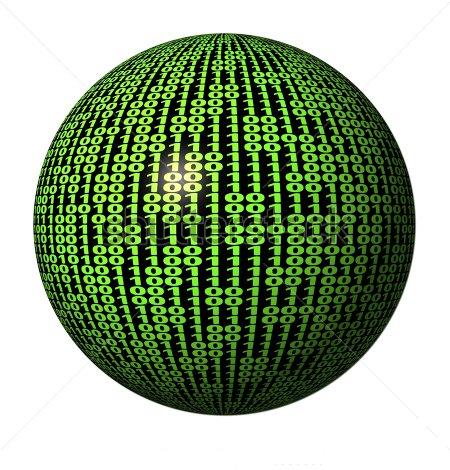

Louis Vuitton_SuperFakes have a notorious reputation for being the
highest quality L.V. counterfeit handbags on the market. And as such, this
degree of counterfeit will easily fetch thousands of dollars in the global marketplace.
L.V.SuperFakes will have all the correct brand_model specifications (and materials) rendering the detection of a counterfeit signature terribly
difficult. However, as is the case with most counterfeits (even at SuperFake levels)
there should remain infinitesimal discrepancies.
Such that identification of these minute discrepancies will permit
the authenticator to liberate the counterfeit's true status.
We argue that one of these signatures may
reside within the U_font of the Louis Vuitton
heat stamp.
We previously advanced in our Lotus guide [1][2] the argument that the U_font in Louis, and the U_font in Vuitton, on particular heat stamps, deviate from one another. Furthermore, we demonstrated that increased image magnification can illustrate this point. However, the problem with simple image magnification is that in some images the distinction proves difficult, and in others the signature is inconclusive. However, a solution to this detection problem may exist by drilling down further into the image's matrix. What we found was by utilizing a binarization algorithm (executed with [openCV]) on a Louis Vuitton heat stamp image, we were able to locate the binary pattern deviations between the two {Louis: U; Vuitton: U} fonts as illustrated in our original Lotus argument [1][2]. Such that by targeting binary sequence deviations in the U_fonts many Louis Vuitton SuperFake counterfeit signatures may be identified.
The binary patterns we are targeting concern a specific binary matrix in the bowl of the letter O [9], and a specific binary matrix in the stem of the letter V. The relationship these binary patterns have with Louis Vuitton heat stamps pertain to the slight deviations between the two U_fonts. Such that if the U_font in Louis maintains a subtle angle as it converges on its baseline, then we would expect to locate a binary pattern closer to what we would find in the stem of the letter V. And further, if the U_font in Vuitton maintains its curvature as it converges on its baseline, then we would expect to find a binary pattern similar to that located within the bowl of the letter O.
Figure I: [Binary] pattern of interest extracted from the (stem) letter V.
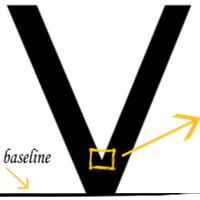
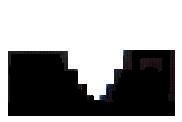
Figure II: [Binary] pattern of interest extracted from the (bowl) letter O.
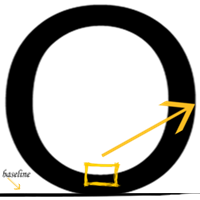
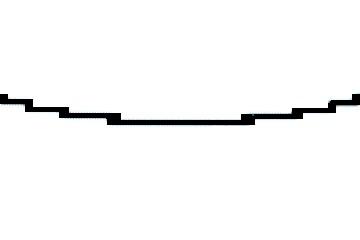
Targeting the binary patterns (above) within the U_font of a Louis Vuitton heat stamp will require conversion of the heat stamp image from RGB to binary [5]. Such that the image pathway is as follows:

† The binarization algorithm implemented for this argument was
Otsu thresholding,
[3]
or [Otsu's method
[4]
].
Figure III: Pathway of the Louis U_font:
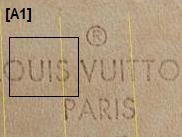
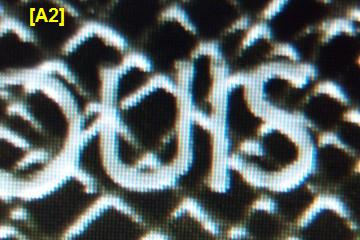
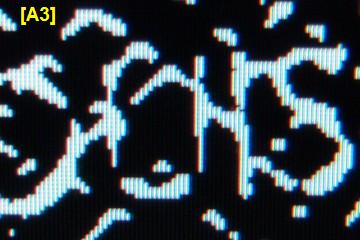
Figure IIII: Pathway of the Vuitton U_font:
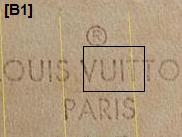
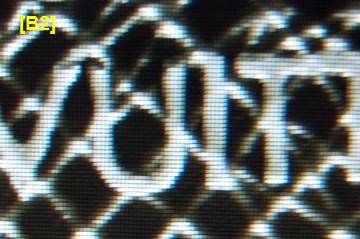
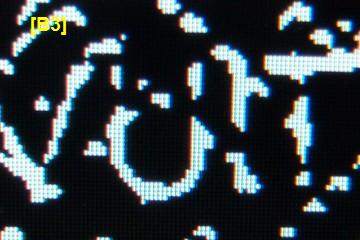
† Gaussian smooth images not presented, (Figures III & IIII): rgb→grayscale→[ \Gaussian smooth ] → binary
Images A2 & B2 demonstrate the inconclusiveness of the Louis U_font and Vuitton U_font with respect to the pattern deviations when utilizing the common RGB and grayscale images. However, images [A3 and B3] reveal the matrix deviations of interest (located at the bottom center of both U_fonts) after the binary image conversion.
Figure V: Binary images Louis U_font and Vuitton U_font:


Louis Vuitton U-fonts binary side-by-side comparison
A: Targeting the binary pattern (V_stem) from [Figure I] on the binary image of the U-font in Louis:
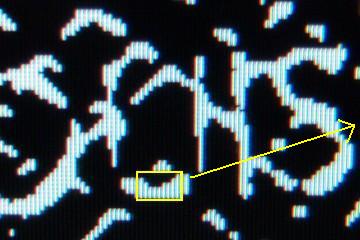

B: Targeting the binary pattern (O_bowl) from [Figure II] on the binary image of the U-font in Vuitton:
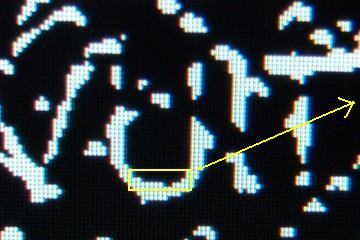

Figure [A] demonstrates that the specific binary pattern (V_stem) [Figure I] is found to be a close (not exact) match to the matrix of interest in the U_font of Louis, as expected if the U_font has a pattern closer to that of the stem of the letter V, rather than the bowl of the letter O. Furthermore, Figure [B] demonstrates that the specific binary pattern (O_bowl), extracted from the letter O, is also found to be a closer match to the matrix of interest in the Vuitton U_font.
C: Binary U-font images taken from a Louis Vuitton SuperFake heat stamp:
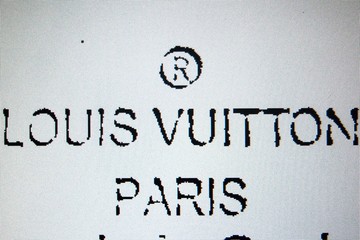
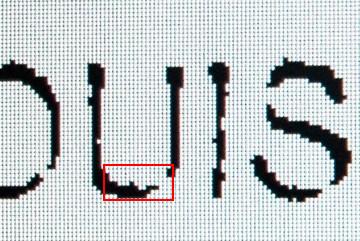
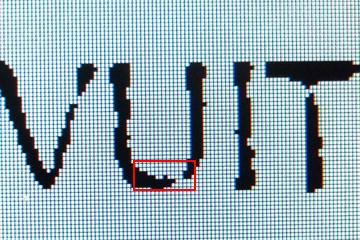
These images demonstrate that the specific binary patterns of interest are not located within these particular U_fonts. Moreover, the two U_font binary pattern sequences are a close match to each other, indicating that this particular heat stamp utilized the same U_font for both the Louis and the Vuitton.
An exact template match [7][8] in the case of Louis Vuitton SuperFake detection is not necessary if we are using the term exact match with respect to the squared difference of the template and image, (such that T is the template, and I is the image):

The squared difference argument or Sum of Squared Difference [SSD [6]] is expressed by subtraction, therefore we should expect that an exact template match will sum to 0. The binary pattern V_stem from [Figure I] set as T in the [SSD] argument against the U_font in Louis set as I will not sum to 0. Therefore an exact template match is not required to detect a counterfeit signature. Identifying a similar pattern appears indicative (of a counterfeit signature), therefore, a manual inspection of the binary image will sufficiently identify SuperFake deviations.
It follows that the squared difference of the U_font in Louis and the U_font in Vuitton on specified authentic models should not sum to 0.

Such that, SuperFake → R_sqdiff(x,y) = 0
Conclusion: A manual inspection of binary Louis Vuitton heat stamp images will yield signatures of high quality SuperFakes when targeting specific binary patterns that may be unavailable when utilizing standard authentication methodology.
Example (V_stem): Target binary matrix for the U-font in Louis

Example (O_bowl): Target binary matrix for the U-font in Vuitton

Resources:
[1]: spotfakehandbags.com/louis-vuitton-heat-stamp-font-spot-fake.html
[2]: http://spotfakehandbags.com/louis-vuitton-label-font-stamp-spot-fake.html
[3]: http://www.labbookpages.co.uk/software/imgProc/otsuThreshold.html
[4]: http://en.wikipedia.org/wiki/Otsu%27s_method
[5]: http://opencv.willowgarage.com/documentation/cpp/miscellaneous_image_transformations.html#cv-threshold
[6]: http://matdat.life.ku.dk/ia/sessions/session10-4up.pdf
[7]: http://www.mathworks.com/matlabcentral/fileexchange/24925-fastrobust-template-matching
[8]: http://shop.oreilly.com/product/9780596516130.do
[9]: http://graphicdesign.about.com/od/typographyfonts/tp/letter_anatomy.htm
Copyright © spotfakehandbags.com 2012-2013, All rights reserved. PRIVACY POLICY | Site Nav
We previously advanced in our Lotus guide [1][2] the argument that the U_font in Louis, and the U_font in Vuitton, on particular heat stamps, deviate from one another. Furthermore, we demonstrated that increased image magnification can illustrate this point. However, the problem with simple image magnification is that in some images the distinction proves difficult, and in others the signature is inconclusive. However, a solution to this detection problem may exist by drilling down further into the image's matrix. What we found was by utilizing a binarization algorithm (executed with [openCV]) on a Louis Vuitton heat stamp image, we were able to locate the binary pattern deviations between the two {Louis: U; Vuitton: U} fonts as illustrated in our original Lotus argument [1][2]. Such that by targeting binary sequence deviations in the U_fonts many Louis Vuitton SuperFake counterfeit signatures may be identified.
The binary patterns we are targeting concern a specific binary matrix in the bowl of the letter O [9], and a specific binary matrix in the stem of the letter V. The relationship these binary patterns have with Louis Vuitton heat stamps pertain to the slight deviations between the two U_fonts. Such that if the U_font in Louis maintains a subtle angle as it converges on its baseline, then we would expect to locate a binary pattern closer to what we would find in the stem of the letter V. And further, if the U_font in Vuitton maintains its curvature as it converges on its baseline, then we would expect to find a binary pattern similar to that located within the bowl of the letter O.
Figure I: [Binary] pattern of interest extracted from the (stem) letter V.


Figure II: [Binary] pattern of interest extracted from the (bowl) letter O.


Targeting the binary patterns (above) within the U_font of a Louis Vuitton heat stamp will require conversion of the heat stamp image from RGB to binary [5]. Such that the image pathway is as follows:

Figure III: Pathway of the Louis U_font:



Figure IIII: Pathway of the Vuitton U_font:



† Gaussian smooth images not presented, (Figures III & IIII): rgb→grayscale→[ \Gaussian smooth ] → binary
Images A2 & B2 demonstrate the inconclusiveness of the Louis U_font and Vuitton U_font with respect to the pattern deviations when utilizing the common RGB and grayscale images. However, images [A3 and B3] reveal the matrix deviations of interest (located at the bottom center of both U_fonts) after the binary image conversion.
Figure V: Binary images Louis U_font and Vuitton U_font:


Louis Vuitton U-fonts binary side-by-side comparison
A: Targeting the binary pattern (V_stem) from [Figure I] on the binary image of the U-font in Louis:


B: Targeting the binary pattern (O_bowl) from [Figure II] on the binary image of the U-font in Vuitton:


Figure [A] demonstrates that the specific binary pattern (V_stem) [Figure I] is found to be a close (not exact) match to the matrix of interest in the U_font of Louis, as expected if the U_font has a pattern closer to that of the stem of the letter V, rather than the bowl of the letter O. Furthermore, Figure [B] demonstrates that the specific binary pattern (O_bowl), extracted from the letter O, is also found to be a closer match to the matrix of interest in the Vuitton U_font.
C: Binary U-font images taken from a Louis Vuitton SuperFake heat stamp:



These images demonstrate that the specific binary patterns of interest are not located within these particular U_fonts. Moreover, the two U_font binary pattern sequences are a close match to each other, indicating that this particular heat stamp utilized the same U_font for both the Louis and the Vuitton.
An exact template match [7][8] in the case of Louis Vuitton SuperFake detection is not necessary if we are using the term exact match with respect to the squared difference of the template and image, (such that T is the template, and I is the image):

The squared difference argument or Sum of Squared Difference [SSD [6]] is expressed by subtraction, therefore we should expect that an exact template match will sum to 0. The binary pattern V_stem from [Figure I] set as T in the [SSD] argument against the U_font in Louis set as I will not sum to 0. Therefore an exact template match is not required to detect a counterfeit signature. Identifying a similar pattern appears indicative (of a counterfeit signature), therefore, a manual inspection of the binary image will sufficiently identify SuperFake deviations.
It follows that the squared difference of the U_font in Louis and the U_font in Vuitton on specified authentic models should not sum to 0.

Such that, SuperFake → R_sqdiff(x,y) = 0
Conclusion: A manual inspection of binary Louis Vuitton heat stamp images will yield signatures of high quality SuperFakes when targeting specific binary patterns that may be unavailable when utilizing standard authentication methodology.
Example (V_stem): Target binary matrix for the U-font in Louis

Example (O_bowl): Target binary matrix for the U-font in Vuitton

Resources:
[1]: spotfakehandbags.com/louis-vuitton-heat-stamp-font-spot-fake.html
[2]: http://spotfakehandbags.com/louis-vuitton-label-font-stamp-spot-fake.html
[3]: http://www.labbookpages.co.uk/software/imgProc/otsuThreshold.html
[4]: http://en.wikipedia.org/wiki/Otsu%27s_method
[5]: http://opencv.willowgarage.com/documentation/cpp/miscellaneous_image_transformations.html#cv-threshold
[6]: http://matdat.life.ku.dk/ia/sessions/session10-4up.pdf
[7]: http://www.mathworks.com/matlabcentral/fileexchange/24925-fastrobust-template-matching
[8]: http://shop.oreilly.com/product/9780596516130.do
[9]: http://graphicdesign.about.com/od/typographyfonts/tp/letter_anatomy.htm
Copyright © spotfakehandbags.com 2012-2013, All rights reserved. PRIVACY POLICY | Site Nav